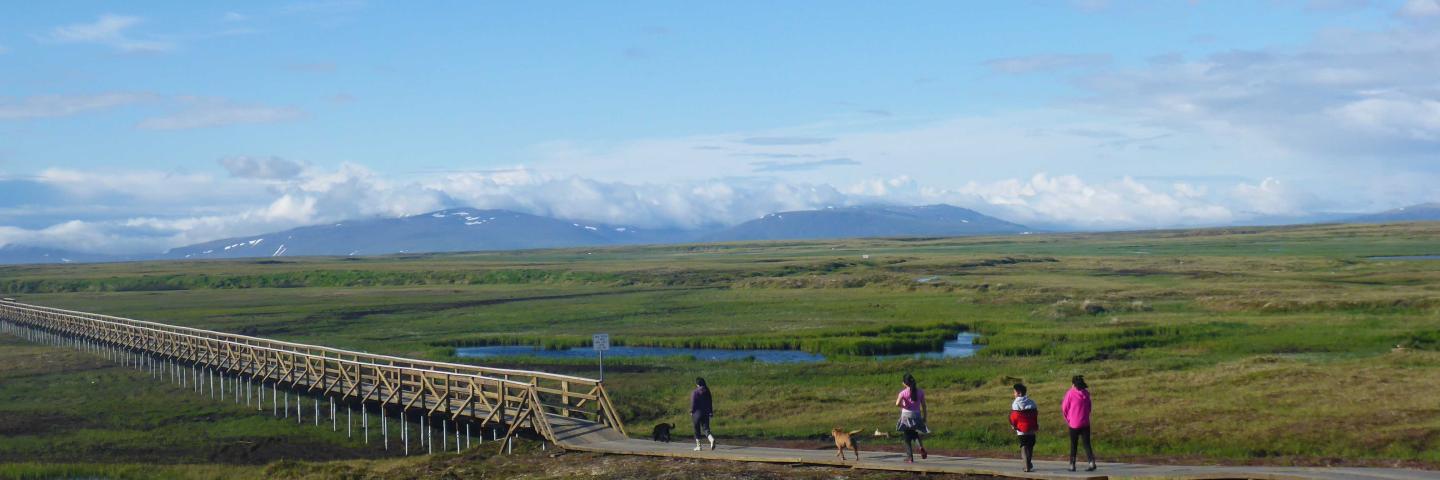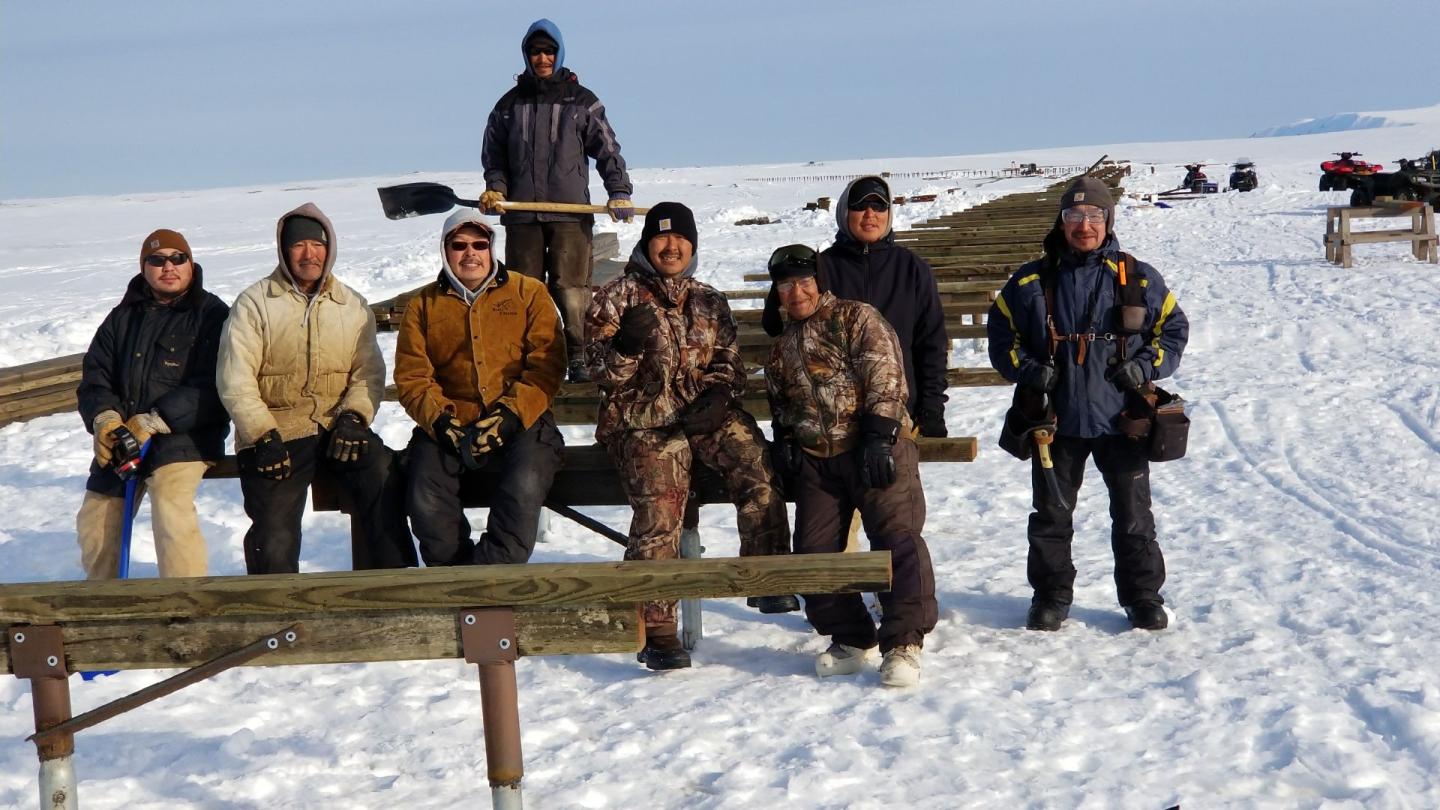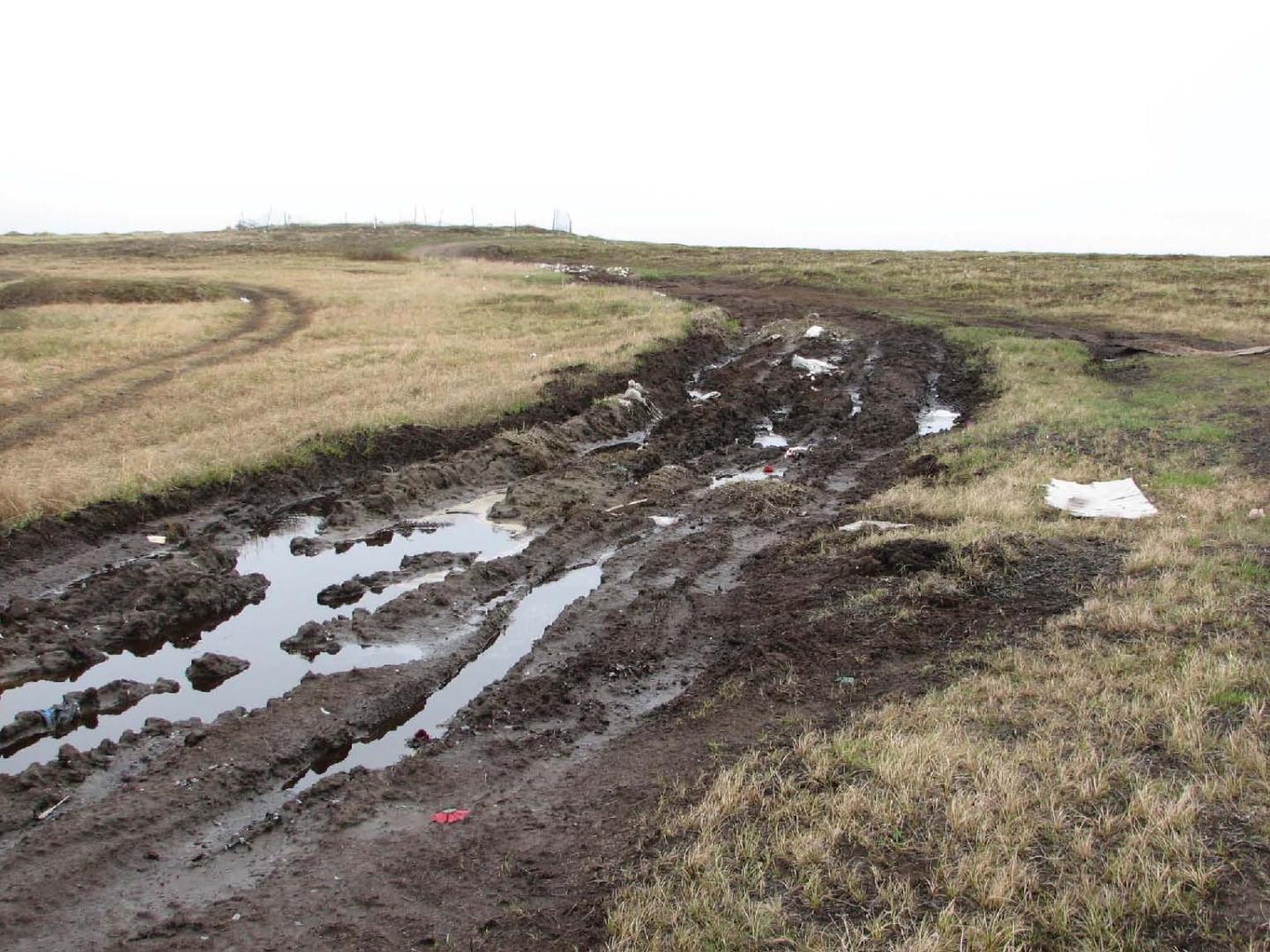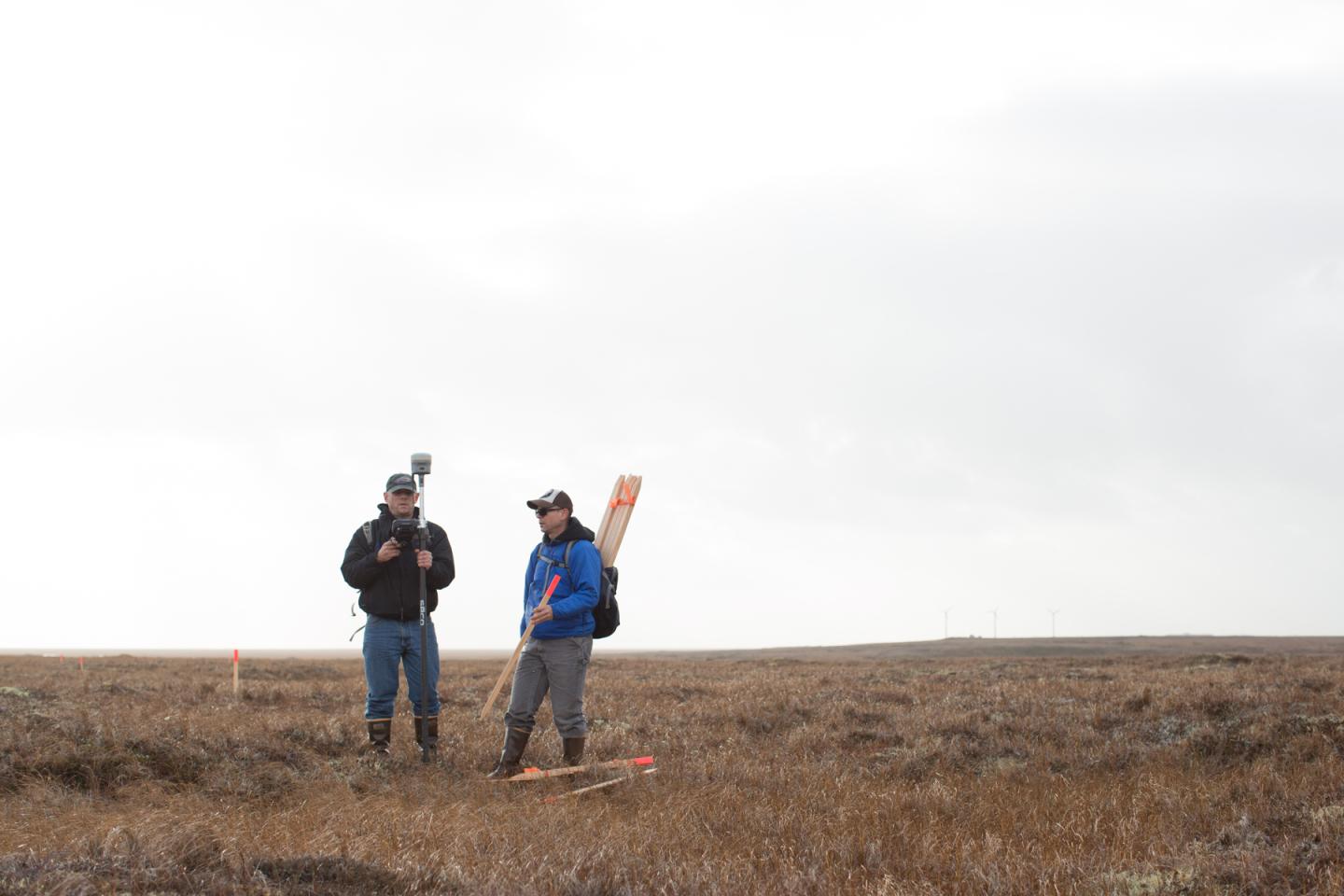NRCS helps Alaska Natives protect habitat and subsistence in Hooper Bay, Alaska

The USDA Natural Resources Conservation Service (NRCS) is working with Hooper Bay via private landowner Sea Lion Corporation, to conserve and protect critical habitats that support subsistence, while also allowing safe human access to subsistence areas.
In communities throughout rural Alaska, subsistence activities such as hunting and fishing are not just a hobby or a pastime—they are an integral and critical part of culture, livelihood, economics, and survival.
“My favorite thing about Hooper Bay is subsisting. It’s very important. It’s been a way of life for centuries,” said Virginia Hoelscher, resident of Hooper Bay, a Yup’ik community located about 534 air miles west of Anchorage, on the Yukon-Kuskokwim River Delta.
Access to groceries is limited and expensive due to high shipping costs off the road system. Any goods available in town must arrive by barge during the short summer months or by plane in the winter months.
“If you see the prices in our stores, they’re probably higher than anywhere else in the United States,” Hoelscher said.
Subsisting off the land provides meat, fish, eggs, berries, firewood and other resources to sustain their way of life beyond what any village store could provide.

The USDA Natural Resources Conservation Service (NRCS) is working with Hooper Bay via private landowner Sea Lion Corporation, to conserve and protect critical habitats that support subsistence, while also allowing safe human access to subsistence areas.
Over the last few years, NRCS has provided technical and financial assistance to help the people of Hooper Bay build a wooden boardwalk trail. The purpose of the trail is to provide controlled access for ATV traffic out onto the tundra to the beach so that people can access their subsistence areas without causing further destruction to the land and to critical nesting habitat.

“Over 20 years ago our elders here became concerned. They foresaw the destructive cause of ATVs on the bird nesting areas,” said William Naneng, General Manager, Sea Lion Corporation and resident of Hooper Bay. “And some of the stories go that some of the elders sent out their grandchildren to collect the shorebird eggs to eat, and the grandchildren would report back to their grandparents that the ATVs have run over them.”
NRCS worked with representatives from the local village corporation, Sea Lion Corporation, to help them address the problem using the NRCS’s Environmental Quality Incentives Program (EQIP).
“When they approached us with this project, they were concerned about future generations and the stability of being able to live a subsistence lifestyle. They were concerned that the habitat was being damaged and that it would have an impact on their people in the future,” said Brett Nelson, NRCS Alaska State Conservation Engineer.
“We walked out across the tundra with them, and they showed us the damaged areas where their subsistence activities occur, but ultimately there was a lot of ATV traffic on the tundra and this happens to be in some world-class nesting habitat for threatened and endangered species,” Nelson said.
NRCS worked with the community to gather input and make sure the trail was planned and located specifically to address the terrestrial habitat resource concern while also supporting their local subsistence needs.
“We used our engineering expertise to plan a stable route, and they used their traditional knowledge expertise to make sure that the route we were planning stayed in the vicinity of the places they needed to go,” Nelson said.
“The NRCS, they try to take part in our lifestyle. That’s very different from other agencies,” Naneng said. “They spent time with us, and they brought the community together and they wanted input from everyone. We asked the people that were using the land what areas were important and why they were going out.”

The trail has been successful in helping local residents continue subsistence practices while also protecting habitat.
“The tundra has been healing rapidly,” Nelson said. “It’s incredible how much it can heal itself just over the course of a year once the traffic gets pulled off of it.”
“With the boardwalk, it’s so much easier to be out there and you can bring children, too,” Hoelscher said. “We look forward to going out every year now because it’s something we learned and grew up with. My grandmother and my mother taught me, I taught my daughter and now I’m teaching my grandchildren the ways of gathering and picking.”

Watch the video version of this story on the NRCS Alaska You Tube Channel at: https://youtu.be/x4en9qxD0RY?si=jo6Tj_dFyscvWHVo

